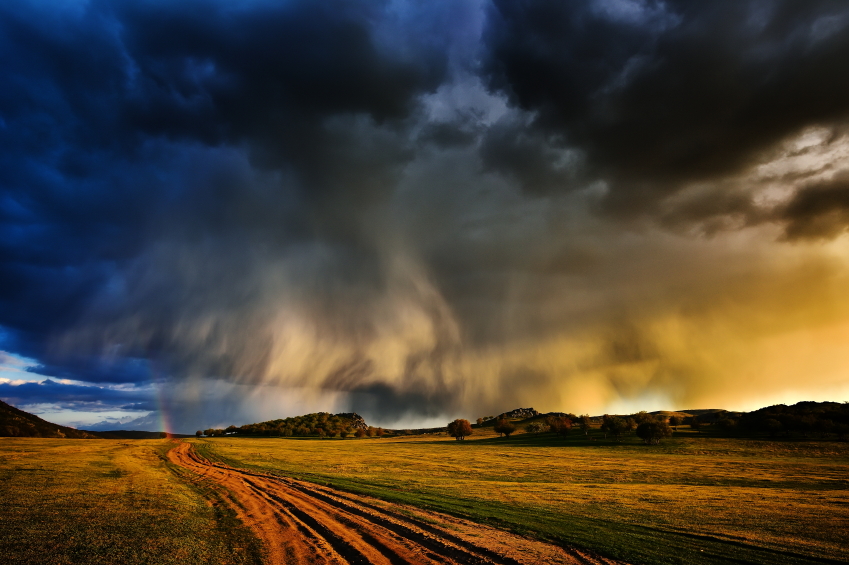While winter is guilty of bringing ice, snow and slush our way, summer storms can be scary, too, especially for kids. Warm-weather storms can strike with little to no warning and bring loud booms, bright flashes and high winds.
We spoke with Mike Ihrig, the Boone County Emergency Management Director, to learn more about protecting yourself and your family in the event of a severe thunderstorm, flash flooding or tornado:
What causes summer storms?
Summer storms are brought on by a combination of moisture and rapidly rising warm air. About 10 percent of all thunderstorms in the United States become “severe.”
A severe thunderstorm means that the storm has winds of 58 mph or greater and/or hail at least one inch in diameter. Never underestimate the damage which may be caused by a severe thunderstorm.
A tornado is a violently rotating column of air extending from the base of a thunderstorm to the ground. Tornadoes are capable of causing significant damage.
Watches and Warnings:
When severe weather threatens, it is important to understand the difference between a WATCH and a WARNING. The National Weather Service issues a WATCH when conditions are favorable for a particular weather event in areas identified by the watch. When a WATCH is issued, you should monitor NOAA Weather Radio and stay tuned to local media sources for additional information.
The National Weather Service issues a WARNING when severe weather is imminent or already occurring in the warning area. When a WARNING is issued you should take protective action immediately.
“The public needs a reliable way to receive severe weather warnings because lead times save lives. To receive severe weather warnings every home, school, business, place of worship and public assembly facility should have a NOAA Weather Radio with a tone alert and battery backup,” said Mark Ihrig, CEM, CKEM – Boone County Emergency Management Director.
When to take protective action?
When a warning is announced in your area, take it seriously. Hail and wind can damage cars and homes as well as injure people and pets. Here are eight tips to stay safe in a storm:
- Have a NOAA Weather Radio with SAME (Specific Area Message Encoding) to receive alerts
- Listen to your local news for updates
- Bring pets indoors
- Stay away from windows
- Close all doors
- Find a safe place to park if you’re driving
- Avoid sheds, picnic shelters, dugouts, open concession stands
- If a Tornado Warning is issued go into an underground shelter or basement. If you do not have a basement or shelter, go to an interior room with no windows on the lowest level.
Assessing the damage
If the immediate danger of the storm has passed, here are a few ways to keep the family safe:
- Head for higher ground if your area is under a flood warning, and stay away from any flood waters
- Do not drive into flood waters.
- Prepare to evacuate if necessary
- Be especially cautious at night
- Stay away from any downed power lines and broken gas lines
- Continue listening to the news or weather radio updates to find out if any other storms are heading your way
- Check on your neighbors once it is safe to do so.

